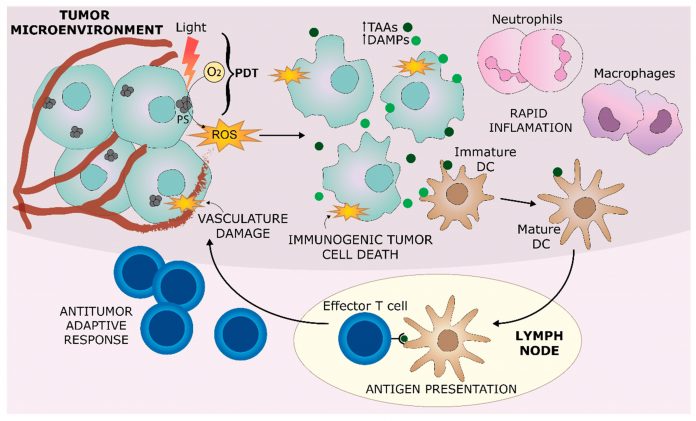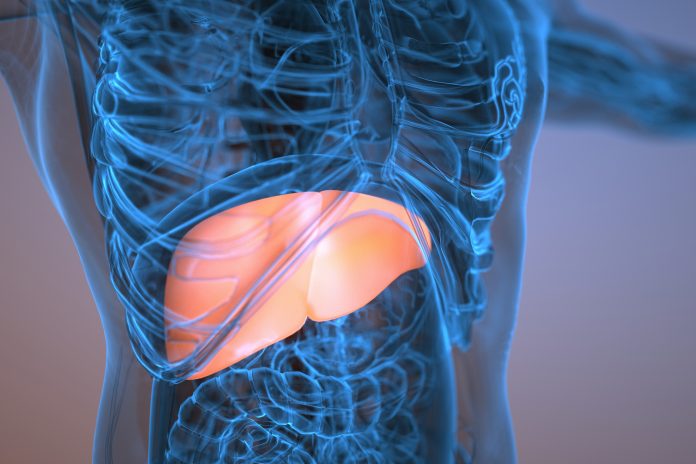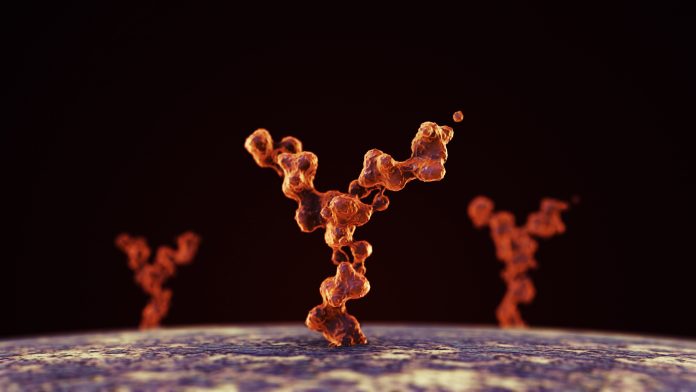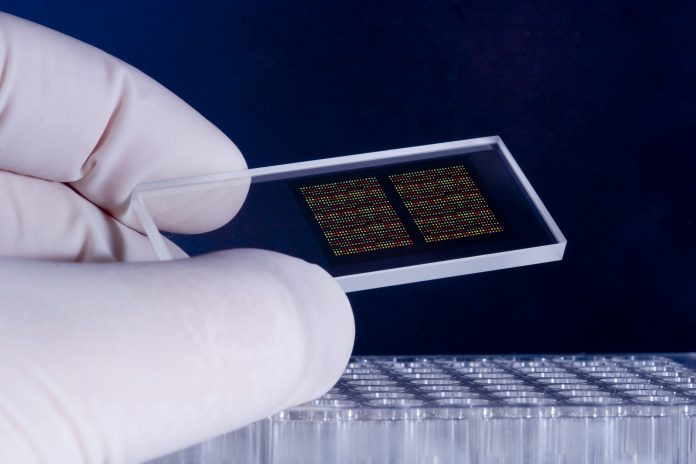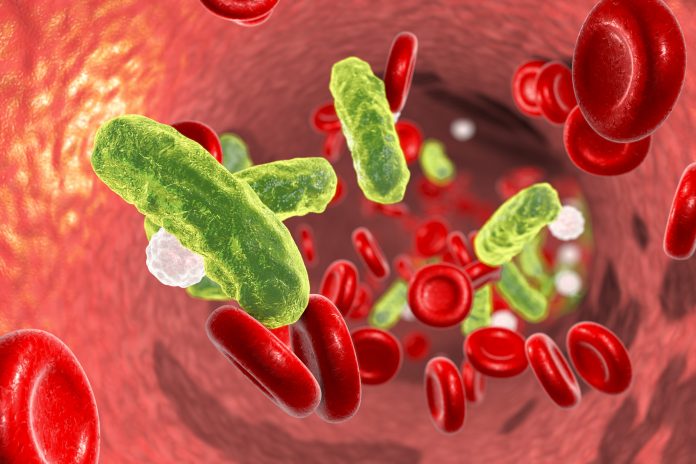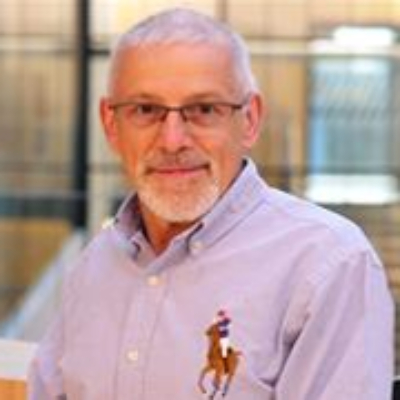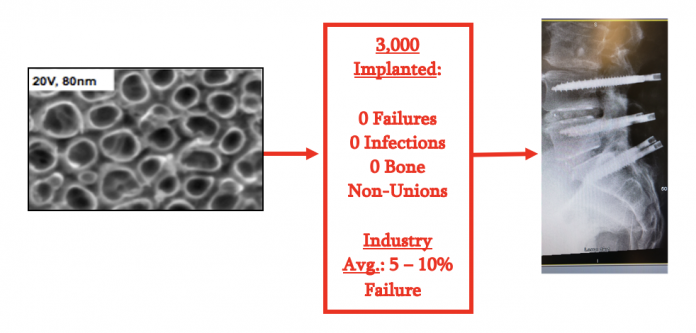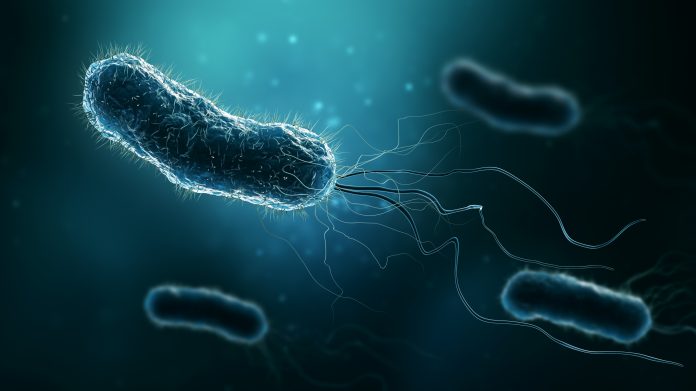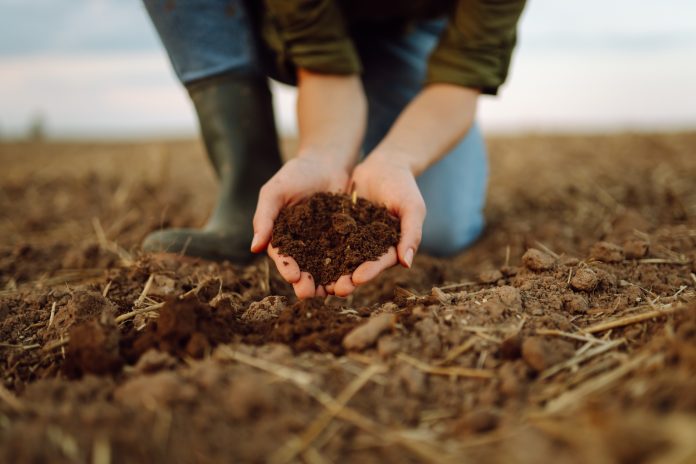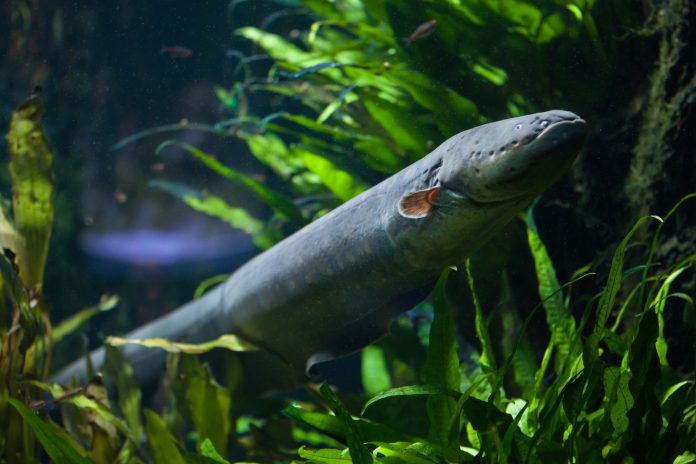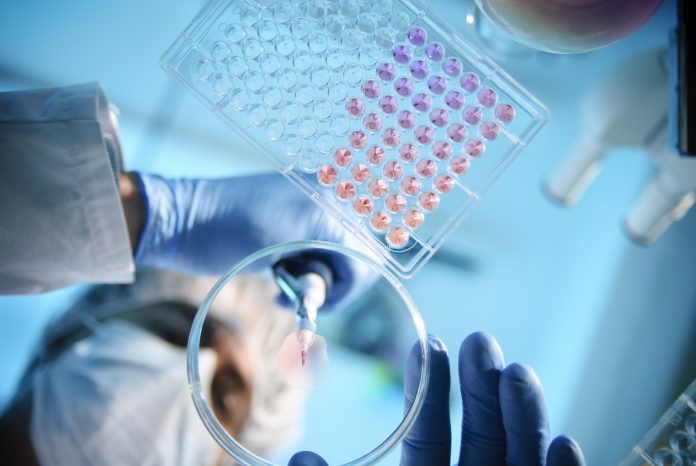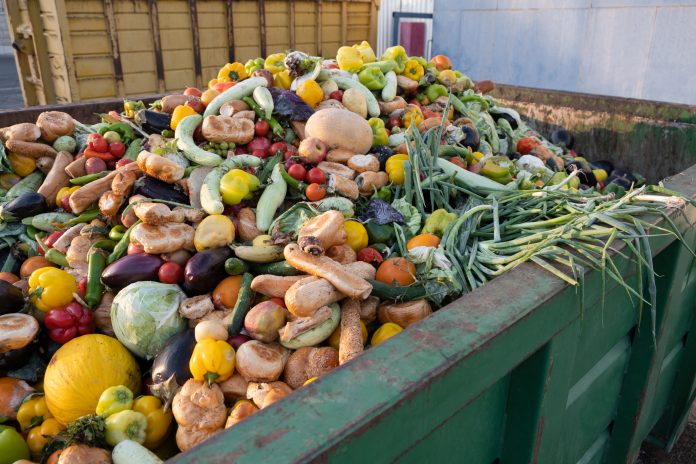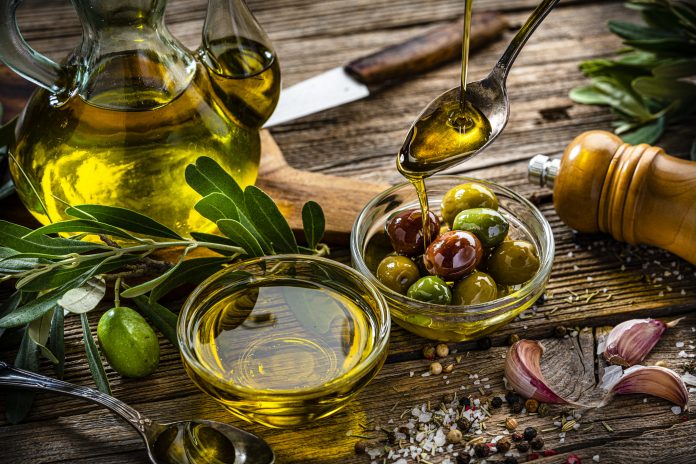Open Access Government produces compelling and informative news, publications, eBooks, and academic research articles for the public and private sector looking at health, diseases & conditions, workplace, research & innovation, digital transformation, government policy, environment, agriculture, energy, transport and more.
Home Search
Bacteria - search results
If you're not happy with the results, please do another search
Engineered endosymbionts for cellular control
Christopher H. Contag from the Institute for Quantitative Health Science and Engineering (IQ) at Michigan State University discusses the potential of engineered endosymbionts as biologically encoded remote controls for regenerative medicine.
Photodynamic therapy and immune response in solid tumours
Photodynamic therapy can stimulate a person’s own immune system to better recognise – and fight – cancer tumours, say Mary Potasek, PhD and Karl Beeson, PhD of Simphotek and Theresa M Busch, PhD of the Department of Radiation Oncology, University of Pennsylvania.
Hydrogen therapy for liver surgery: Current insights and future prospects in ischemia-reperfusion injury
Prof. Giovanni Brandi1,2 and Dr. Simona Tavolari1 of the 1 Medical Oncology, IRCCS Azienda Ospedaliero-Universitaria di Bologna, Bologna, Italy; 2Department of Medical and Surgical Sciences, University of Bologna, Bologna, Italy, discuss ischemia-reperfusion injury in hepatic surgery, and the potential to prevent it through hydrogen-therapy.
High-resolution snapshots of antibody repertoires as potential correlates of protection
Klaus Eyer from ETH Zurich describes high-resolution snapshots of antibody repertoires as potential correlates of protection.
Microfluidic microbial bioreactors: How studying microbes at the microscale can help empower microbiology
Long before the existence of microbes was known, humans were unknowingly harnessing their power through practices such as brewing, bread leavening, or cheesemaking. These processes extended the shelf life of food, enhanced its nutritional value, and significantly contributed to the advancement of industry and civilization.
Sepsis and the killer platelets
Dermot Cox BSc, PG Dip Ed, PhD, Pharmacology Lead from the School of Pharmacy and Biomolecular Sciences – RCSI University of Medicine & Health Sciences, discusses sepsis and the killer platelets.
Professor Dermot Cox – RCSI University of Medicine & Health Sciences
I have a BSc in pharmacology from University College Dublin and a PhD in immunology from Dublin City University. Initially I led a drug discovery group in Fujisawa pharmaceutical Co, Japan to discover novel anti-platelet agents - GPIIb/IIIa antagonists. Subsequently I worked on understanding the failure of this class...
Opinion: Do universities help or hurt innovation?
Do Universities help or hurt innovation? Find out in this 25-year academic entrepreneur’s anecdotal perspective of starting companies and developing implants. Thomas J. Webster shares his opinion here.
Microbe development for the biomanufacturing age
Joe Price, Dr Kang Lan Tee & Prof Tuck Seng Wong, explore adopting a holistic approach to microbe development for the age of biomanufacturing.
Soil health characteristics
Lynette Abbott from The University of Western Australia, places the spotlight on soil health, including its physical, chemical, biological and hydrological characteristics.
Do electric eels have the power to drive genetic modification?
Electric eels are renowned for their ability to generate up to 860 volts of electricity, a power potential previously harnessed to run machines.
Hidden role of plant waxes in environmental communication
Researchers from the University of Toronto Scarborough have revealed that the protective waxy barrier surrounding plants may be crucial in sending chemical signals to other plants and insects.
AI and modern experimental biology: A historical perspective
Ute Deichmann, Director of the Jacques Loeb Centre for the History and Philosophy of the Life Sciences at Ben-Gurion University of the Negev, discusses the adoption and limitations of Artificial Intelligence within modern experimental biology.
Revolutionising implants: Infection-resistant, 3D-printed metals
Researchers at Washington State University have created a groundbreaking surgical implant that demonstrated 87% effectiveness in destroying the bacteria responsible for staph infections in laboratory trials.
What is ecology? How does it impact our lives?
Open Access Government briefly analyses what ecological science is, examining some of the areas it encompasses and how it protects human health, with an introduction from NEOMA Business School.
Antibiotic resistance threatens young lives worldwide
Antibiotics used to treat common infections in infants and children are becoming increasingly ineffective worldwide.
Anaerobic digestion: A sustainable solution for combatting food waste
Despite the recent government review of net zero policies, food waste's environmental impact persists, highlighting the importance of anaerobic digestion.
The Mediterranean Diet (MedDiet): There’s more to it than olives and grape leaves
Centered around the consumption of whole and unprocessed foods, we hear how following a Mediterranean diet can bring long-term health benefits, including mitigating the risk of common diseases.
Wastewater surveillance for infectious disease preparedness
The University of Oklahoma Wastewater Based Epidemiology (OU WBE) team highlights successes from their three years of wastewater surveillance in Oklahoma & how this surveillance approach can be used as next-level monitoring for infectious disease preparedness.
The crucial role of scavengers in ecosystem health
Animal scavengers’ role in maintaining ecosystem balance is often overlooked. Dr Laurel Lynch from the University of Idaho tells us about her important research on how scavenging by Tasmanian devils influences ecosystem processes.


